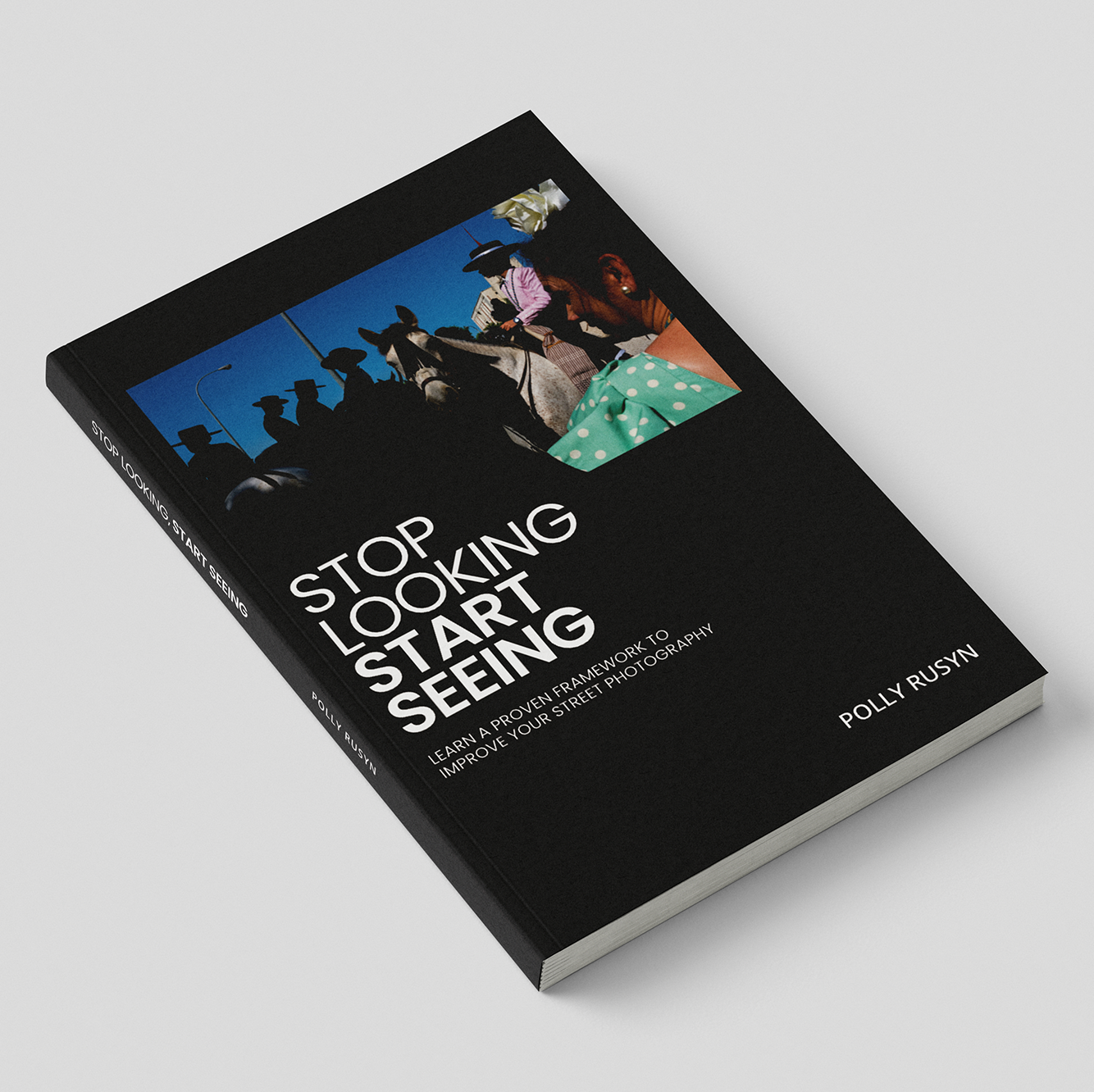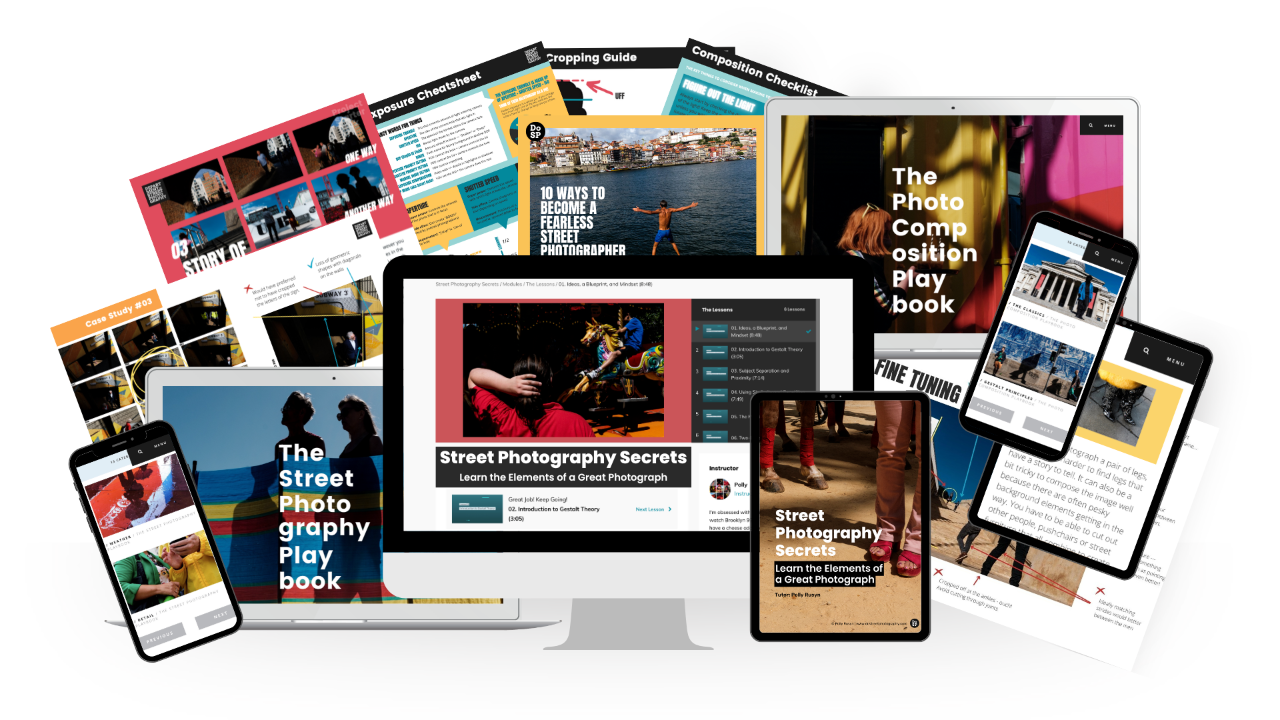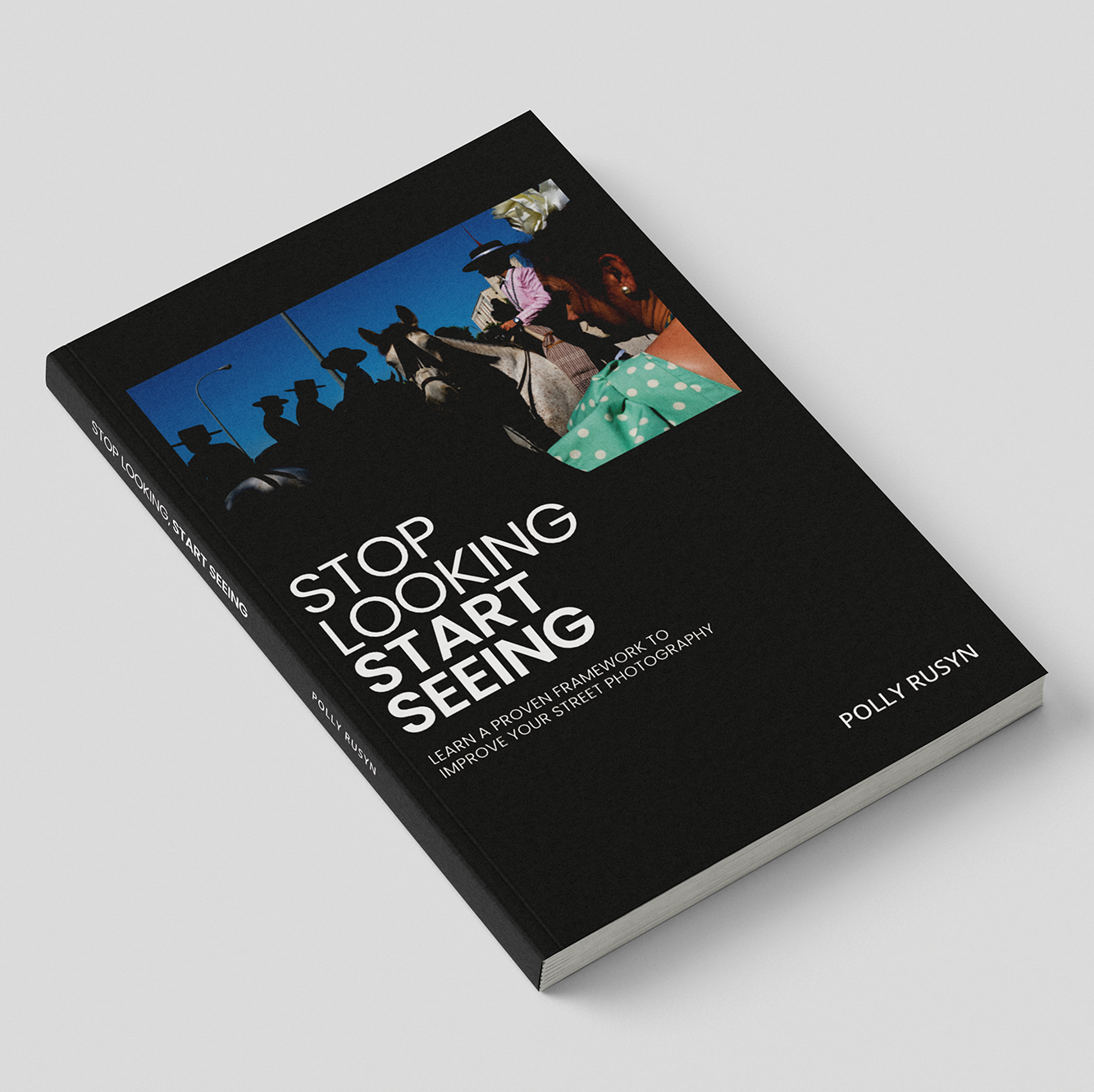Types and Styles of Street Photography
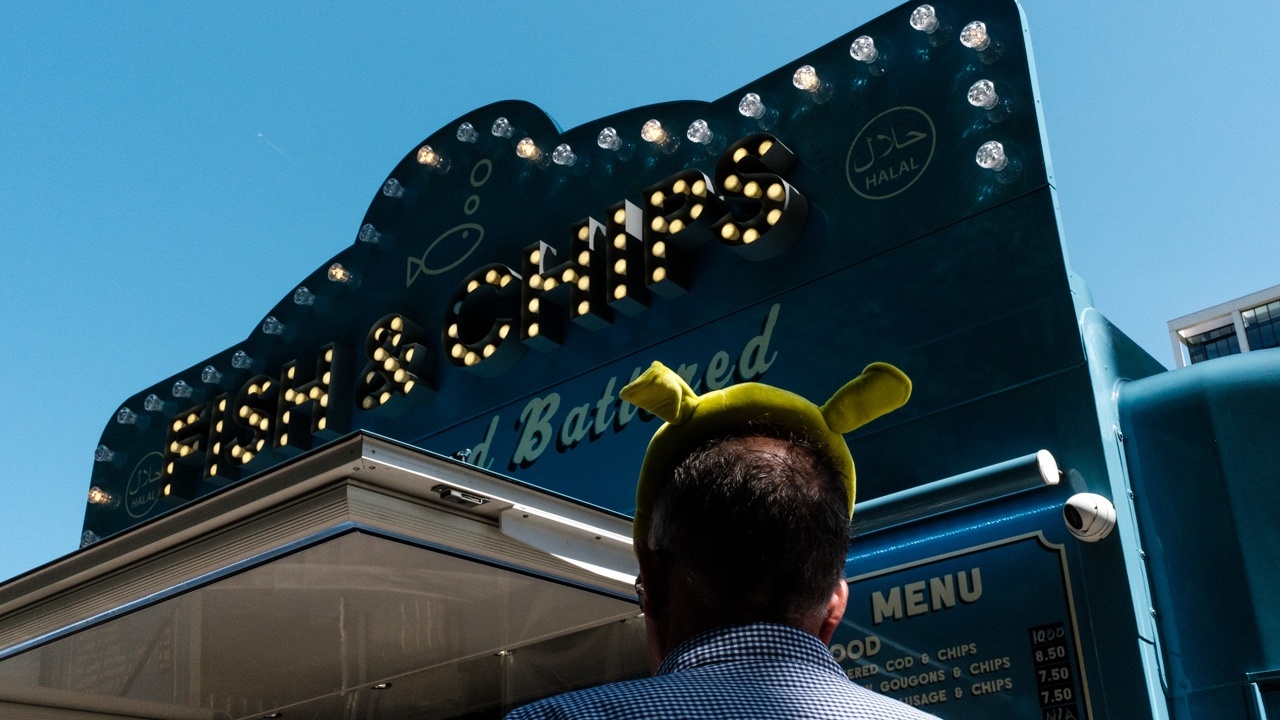
Oh my! There are so many styles to choose from. Street photography is like a box of chocolates… or a buffet, and a smorgasbord! You get the picture. But whatever you do please don’t think that street photography is a snap of a street with people in it. IT IS SO MUCH MORE.
Don’t be fooled into thinking you are a street photographer even if your photograph of a street is well composed and beautifully post-processed. You are probably doing urban (street) photography, or urban photography, or (and we all have to start somewhere) you might just be taking crap snaps (truth is the better you get the more bad photos you will continue to make as you keep working on making shots that are “keepers”). Thought goes into street photography. But not just thought. You have to think and have ideas, as well as have observational and compositional skills, and the right mindset dang it!
"We think of photography as pictures. And it is. But I think of photography as ideas. And do the pictures sustain your ideas or are they just good pictures? I want to have an experience in the world that is a deepening experience, that makes me feel alive and awake and conscious." — Joel Meyerowitz
If you've already read my article about some of the past masters of street photography, you will no doubt have already appreciated the many different styles and approaches to street photography. In this section I’m going to categorise nine different styles of street photography as I see them — there is no official categorisation as far as I am aware, and there are probably more than nine categories, and you will note I haven’t included any night street photography, not have I drawn any differences between black and white and colour street photography, as that is more of an aesthetic choice than a style in the way that I am referring to it. The single thing these styles all have in common is that they candid photographs of people in public places, also referred to as candid public photography (a phrase coined by Nick Turpin).
What I love about there being so many different types of street photography to choose from, is that you can experiment and play with all of them, before finally settling on your signature style. I’ve illustrated with my own photos (I have experimented and played, and still do!), as well as reference contemporary street photographers who are well known for their style.
Note: I have not included street portraits, or street fashion photography, because, they are portraits made on the street with the permission and collaboration of the subject or model — and therefore not candid.
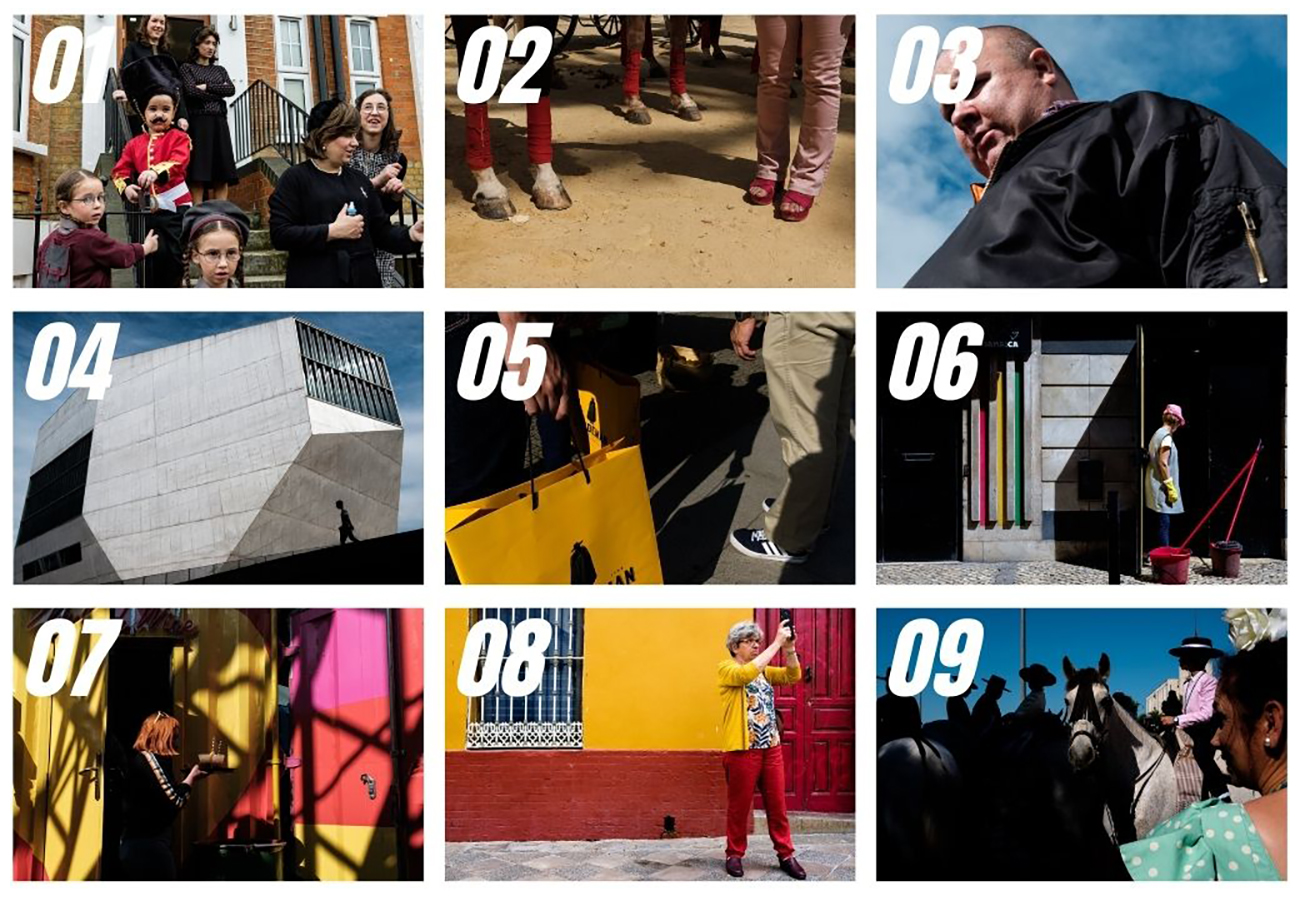
01 Social Documentary
This is more of a photojournalistic approach, in that it’s about recording the world as it is, but the street photography version is often more creative, sometimes witty, and may be a bit more tongue-in cheek (that’s just how street photographers roll!). I’m not saying documentary photographers or photojournalists aren’t creative, however, it’s when they tap into their inner street photographer that they really shine (cue rage from people who disagree). See the work of Martin Parr and Elliot Erwitt.
02 Observational / Humourous
This is social documentary’s more creative sibling. The world is still being photographed as it is generally perceived — but with a twist! And that twist (AKA icing on the cake AKA cherry on top) is a serendipitous moment in an ordinary day, a little bit of magic made out of the mundane. Something that will make the viewer marvel that what they are looking at has actually occurred in everyday life, and that someone was there to capture it! This is really great street photography, as it’s down to super sharp observation, quick reflexes, and a special mindset. See the work of Matt Stuart and Jeff Mermelstein.
03 In-your-face
This is not everyone’s cup of tea. It’s a very intrusive approach, and often results in unforgiving and unflattering images of the photographer’s subjects. Often these poor unsuspecting people find a camera (and sometimes a flash) is being thrust into their face, while they were minding their own business in the street! It take balls to make pictures like this, but it is ethical? I couldn’t do it, but I must admit I am fascinated by the results of photographers who do it, and who are able to make incredible photos without being punched in the face. See the work of Bruce Gilden and Dougie Wallace.
04 Urban Fine art
This looks easier than it is, but is still easier than other styles. It’s low risk, as people are secondary to the location. And it’s not dependant on fast reactions — you set up your composition and wait for a human to come along and complete the scene. Things are often quite minimal and geometric, with nice contrasting light and shade. I like using this approach as a warm up to kick off a day of shooting. It can be a quick win once you’ve mastered how to balance shapes and shade. The downside of this style is that it’s sometimes “postcard street photography”. And by that I mean there are classic spots in most cities and multiple photographers make their version. That said it doesn’t mean you can’t get creative and make more original work. See the work of Sean Tucker and Valérie Jardin.
05 Poetic
This is where things gets interesting! Poetic street photography can be a more painterly approach such as Saul Leiter’s, or simply (and I use that term very loosely) a way of creating something harder to decipher (but not too hard). There has to be a balanced composition and a great colour palette (although all photography should have palettes!), so that it is visually very pleasing and interesting to look at. And all created in unstaged environments — it is street photography after all! See the work of Joshua K. Jackson and Craig Whitehead.
06 Geometric
This is made by photographers who are either gifted composers or have learned how to develop their intuitive composition. Henri Cartier-Bresson was the master of this. You’ll find geometry in all of his photography. And by geometry I mean actual shapes and lines, as well as implied shapes and lines. Actual shapes are made by the structures and lines that exist in the frame such as the angle of a building or the lines of a road heading into the distance. Implied shapes and lines are the challenging bit, as it’s like a “join-the-dots” exercise, with the dots being people’s heads or hands… See the work of Rui Pahla and André Kertész.
07 Light Aesthetic
This is probably the most instagram-friendly style as it’s easy to “read”. It’s high contrast and usually bold colour (unless you photograph in black and white). In the age of the Gram this has become a very popular approach with the focus being less on story (however stories are still possible), and more on the light and what can be done with it. Cue: shadows, silhouettes and light pockets (AKA chiaroscuro). On a sunny day this style is a quick win and super fun to play with. See the work of Constantine Manos and Harry Gruyaert.
08 Clever
This one is Marmite. It either gets a “Wow WTF!” or an eye roll. If you love it you will be astounded by the cleverness of it. If you loathe it (or are simply bored if it) you will dismiss it as a “trick”, or a photo stunt, and you may even shout “It’s been done!” (pssst, hasn’t everything?). However you feel about it, I have to be honest with you and tell you it takes a shift in your perception to be able to start seeing even the possibility of this type of image, and a certain skill to capture it — but all skills can be learnt. See the work of Vineet Vohra and Siegfried Hanson.
09 Complex
This is where things get both tricky and highly fascinating. Complex photos will keep you, the viewer, in the frame and will have you roaming not wanting to leave. This should not be attempted if you are an absolute beginner as you will end up despondent! Complex street photography images are just that… complex. They are multi-layered, multi-moment, multi-subject compositions that have many moving parts. But, through the use of concentration, understanding of composition, and careful timing these images are potential chaos made into order. This is more advanced territory, and not for the faint hearted. See the work of Alex Webb and William Klein.
Contemporary street photographers mix and match and mutate all of these styles. It’s really exciting how street photography has evolved, and continues to push the limits of what is possible to photograph without any staging whatsoever. I truly believe that if you can master street photography or at least grasp some of the concepts, ideas, and approaches it will make you a better photographer whatever genre you end up diving deep into. And all of these styles, ALL OF THEM, are learnable. Our brains are magnificent things, and with training they can be re-wired. And overtime the world begins to be a very different place because you’ve started seeing, rather than looking!
Words and pictures © Polly Rusyn | All Rights Reserved

